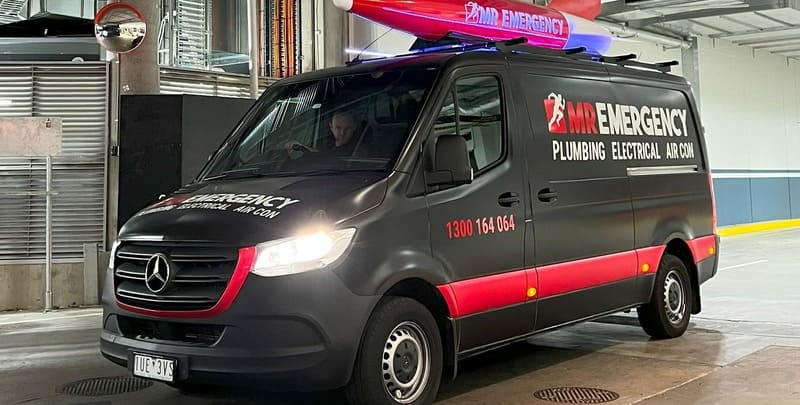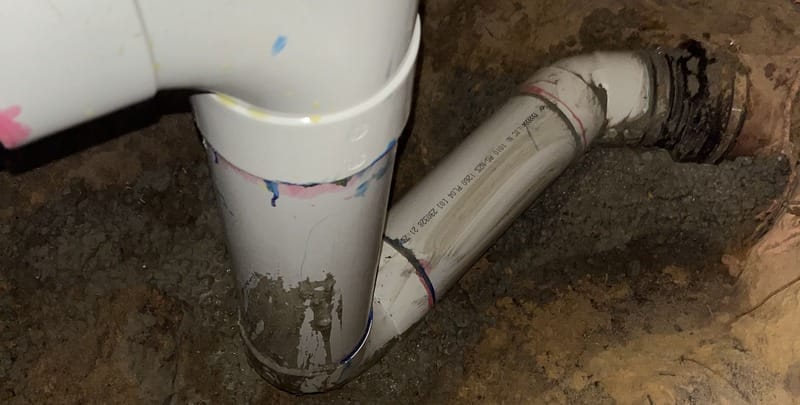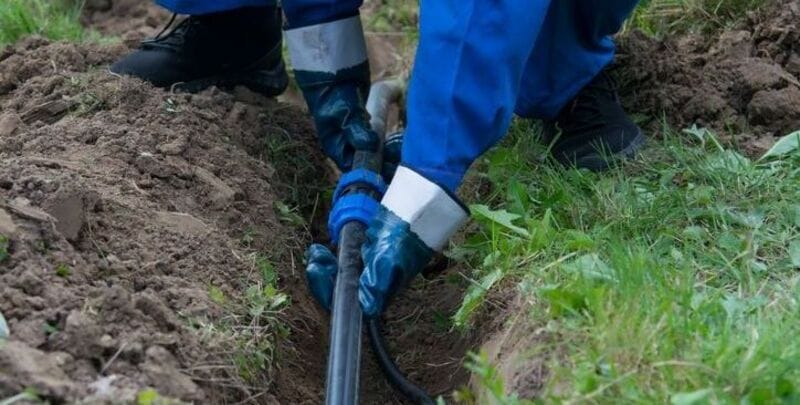What is Pipe Relining?

Pipe relining offers a less invasive alternative to traditional pipe repair methods, which usually involve drain excavation.
The pipe relining technique involves inserting a pipe liner into the existing plumbing system, rather than digging up an entire pipe to replace it. This technique tackles issues like broken sewer pipes and blocked drains, and addresses them efficiently.
Using advanced technology, such as epoxy resin and CCTV cameras in the drains, pipe relining specialists can repair pipes with minimal disruption and excavation, making it a cost-effective and time-saving option.
Ideal for fixing underground pipes and sewer systems without extensive digging, pipe relining ensures a swift return to normalcy, providing a durable solution to plumbing problems.
This method not only preserves the existing plumbing system, but also enhances the functionality and longevity of the plumbing infrastructure.
Understanding Pipe Relining
Pipe relining is an innovative repair method that rejuvenates damaged or broken pipes without the need for full-scale excavation.
This technique, central to modern plumbing services, involves inserting a new pipe liner, often made from durable materials like epoxy resin, into the existing pipe infrastructure. The relining process is designed to address common issues such as sewer pipe relining, blocked toilet drains, and broken kitchen pipes.
Unlike traditional pipe replacement, pipe relining minimises disruption, avoiding heavy machinery and extensive digging. The procedure starts with a thorough inspection using a CCTV camera to identify the problem areas within the pipe walls.
Once the damaged sections are pinpointed, the internal surfaces are prepared for the insertion of the new liner, which is then expanded to fit tightly against the existing pipe, sealing any cracks or breaks.
The curing process ensures the new lining is firmly bonded, creating a smoother surface that enhances water pressure and flow. This method not only extends the life span of the plumbing system but is also cost-effective, reducing pipe relining costs compared to traditional methods.
Additionally, it mitigates the risk of future problems, such as those caused by tree roots or poor installation, ensuring the plumbing system remains robust over a decade or more.
Pipe relining services, executed by professional plumbers, offer a reliable solution to plumbing issues, ensuring the structural integrity of pipes with minimal disruption to the normal routine of households and businesses.

The Pipe Relining Process
The pipe relining process is a sophisticated method that addresses the repair of damaged pipes while performing minimal excavation. Understanding what is pipe relining and its workflow is crucial for homeowners facing plumbing issues.
Initially, a thorough inspection of the existing pipes is conducted using a drain camera. This step allows the pipe relining specialist to assess the extent of the damage and determine the suitability of the relining process. Once the damaged pipe is identified, it is cleaned to remove any blockages or debris, ensuring a smooth surface for the lining.
The core of the relining work involves inserting a calibration tube coated with a two-part epoxy resin into the pipe. This tube is then inflated to press the resin against the pipe’s interior walls, ensuring it covers all cracks and breaks. The resin is left to cure, forming a hard, durable lining that acts as a new pipe inside the old one.
During the process, careful consideration is given to the pipe materials, ensuring they are compatible with the lining materials and can withstand the pressure exerted during the inversion process. The technique is particularly effective for repairing smaller diameter pipes, broken pipes, and those with multiple bends, where traditional methods are impractical.
After the resin has cured, a final inspection is conducted to ensure the relining has created an adequate structure within the pipe. This part of the process often involves robotic cutters to reopen any lateral connections and ensure the flow is not obstructed.
Pipe Relining Technology
Pipe relining technology has transformed the approach to repairing a damaged pipe, offering an effective alternative to traditional methods. This advanced pipe repair method utilises durable materials, such as epoxy resin, to create new linings inside the original pipes. The technology is adept at handling various plumbing issues, from broken pipes to complex drainage problems.
The process begins in the inspection pits, where professional plumbers assess the extent of damage using high-tech equipment. Unlike partial repairs that only address visible problems, pipe relining works to reinforce the entire length of the pipe, preventing future issues.
One key component of this technology is the inversion tank, which applies very high pressure to mould the resin lining snugly against the pipe walls, ensuring no uneven linings occur. This creates a seamless, robust layer within the original pipe structure, enhancing its durability and function.
Pipe relining service is not just about fixing pipes; it’s about upgrading them to withstand the rigours of use. By opting for this sophisticated pipe relining work, homeowners and businesses can resolve their plumbing issues efficiently, minimising disruption and maximising the lifespan of their piping systems.

Common Problems with Damaged Pipes
In Australia, damaged pipes are a prevalent plumbing issue, often requiring professional plumber intervention. The traditional method of repair can be invasive and costly, prompting a shift towards more innovative reline solutions like drain relining.
Common issues include broken pipes, often a result of wear and tear, environmental stress, or blockages that cause pipes to crack or burst.
The drain relining process offers a non-intrusive alternative, repairing pipes internally through advanced pipelining techniques. This approach addresses the root of the problem without the need for extensive excavation.
Many Australian homes and businesses face challenges with old and deteriorating pipes that are susceptible to damage from tree roots, ground movement, and corrosion.
These issues not only disrupt daily activities but also pose health risks if left unaddressed. Pipe relining has become a preferred method for resolving these issues, offering a less disruptive and more durable solution to traditional pipe repair.
By employing this technique, property owners can mitigate the risks associated with damaged pipes and ensure their plumbing systems function efficiently and reliably.
Get Your Pipes Relined Today
Addressing a damaged or broken pipe promptly and effectively is crucial for maintaining the integrity of residential plumbing systems. Pipe relining has emerged as a superior solution, offering a less invasive, cost-effective and durable method for repairing pipes.
This advanced technique not only resolves immediate plumbing issues but also prevents future problems, ensuring a robust and reliable plumbing system for homeowners and businesses alike. Embracing pipe relining means choosing a modern, efficient and practical approach to pipe repair.
Please note: This information is provided for advice purposes only. Regulations differ from state to state, so please consult your local authorities or an industry professional before proceeding with any work. See our Terms & Conditions here.